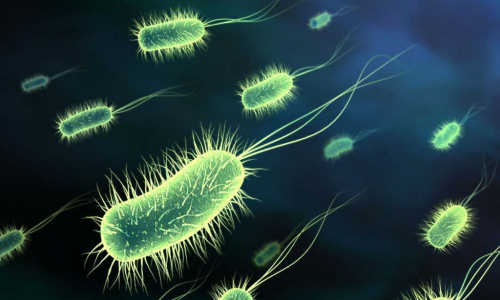Bacteria are as individual as people, according to new research by Professor Peter Young and his team in the Department of Biology at the University of York. Bacteria are essential to health, agriculture and the environment, and new research tools are starting to shed more light on them.
The York team dug up a square metre of roadside verge on the University campus in search of a bacterium called Rhizobium leguminosarum. The name means “root dweller of the legumes”, and these bacteria are natural fertilizer factories that extract nitrogen from the air and make it available to peas, beans, clover and their wild relatives.
In the laboratory, the team extracted the bacteria from the plant roots and established 72 separate strains. They determined the DNA sequence of the genome of each strain. Their research, published today in Open Biology, shows that each of those 72 strains is unique – each has different genes and is capable of growing on different food sources.
People are unique because each of us inherits half our genes from our mother and half from our father, but bacteria reproduce by binary fission, making two identical daughters. What bacteria are good at, though, is passing packages of genes from one cell to another. It is this process of horizontal gene transfer that made every rhizobium unique.
“We can think of the bacterial genome as having two parts,” says Professor Young. “The core genome does the basic housekeeping and is much the same in all members of the species, while the accessory genome has packages of genes that are not essential to the operation of the cell, but can be very useful in coping with aspects of the real world.
“Bacteria are like smartphones. Each phone comes out of the factory with standard hardware and operating system (core genome), but gains a unique combination of capabilities through apps (accessory genes) downloaded through the internet (by horizontal gene transfer).”
We increasingly recognise the vital roles played by bacterial communities, such as those in our gut or on the roots of plants. Many researchers have used variation in a standard core gene to draw up lists of the species in a community, but the new research shows that a list of names is not sufficient.
“There may be 300 people called Baker in your city, but you can’t assume that there are 300 people baking bread,” explains Professor Young.
It is possible, with more sequencing effort, to look at all the genes in a bacterial community – an approach called “metagenomics” – but to understand how they are functioning we also need to know which genes occur together in the same bacterium. This new study helps us to understand the way in which bacterial genomes are assembled.
Story Source:
The above story is based on materials provided by York University.





